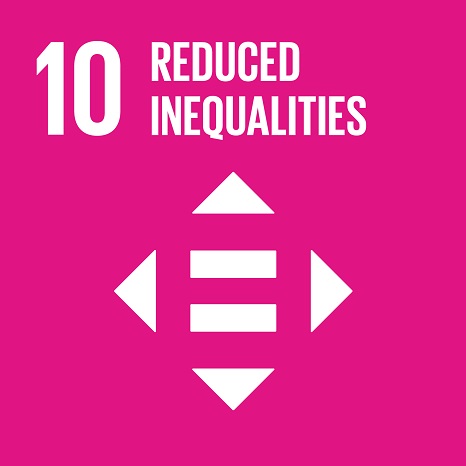Ciência_Iscte
Publications
Publication Detailed Description
Automatic word stress marking and syllabification for Catalan TTS
Interspeech 2008
Year (definitive publication)
2008
Language
English
Country
Australia
More Information
Web of Science®
Scopus
Google Scholar
This publication is not indexed in Overton
Abstract
In this paper, a rule-based automatic syllabifier for Danish is
described using the Maximal Onset Principle. Prior success
rates of rule-based methods applied to Portuguese and Catalan
syllabification modules were on the basis of this work. The
system was implemented and tested using a very small set of
rules. The results gave rise to 96.9% and 98.7% of word
accuracy rate, contrary to our initial expectations, being
Danish a language with a complex syllabic structure and thus
difficult to be rule-driven. Comparison with data-driven
syllabification system using artificial neural networks showed
a higher accuracy rate of the former system.
Index Terms: automatic syllabification, rule-based
techniques, artificial neural networks, text-to-speech.
Index Terms: Catalan text-to-speech, stress, orthographic and phonologic syllabification, prosody
Acknowledgements
--
Keywords
Catalan text-to-speech,stress,orthographic and phonologic syllabification,prosody
Fields of Science and Technology Classification
- Computer and Information Sciences - Natural Sciences
- Electrical Engineering, Electronic Engineering, Information Engineering - Engineering and Technology
- Languages and Literature - Humanities
Contributions to the Sustainable Development Goals of the United Nations
With the objective to increase the research activity directed towards the achievement of the United Nations 2030 Sustainable Development Goals, the possibility of associating scientific publications with the Sustainable Development Goals is now available in Ciência_Iscte. These are the Sustainable Development Goals identified by the author(s) for this publication. For more detailed information on the Sustainable Development Goals, click here.

 Português
Português



